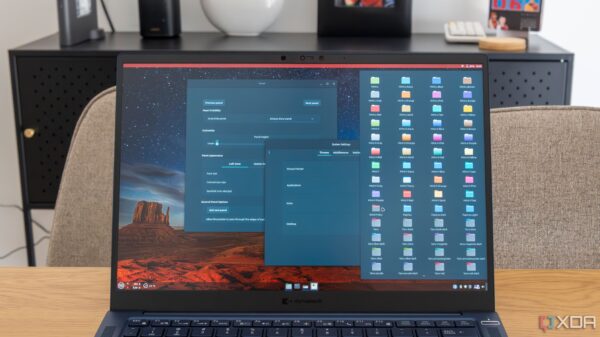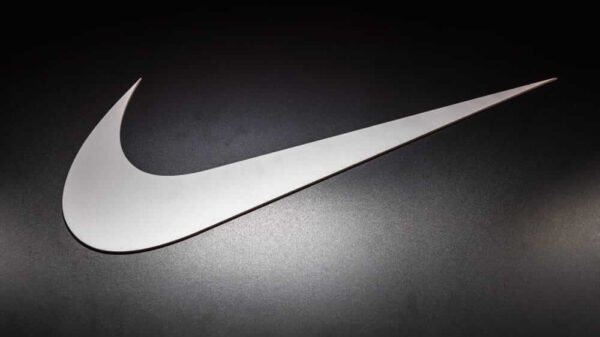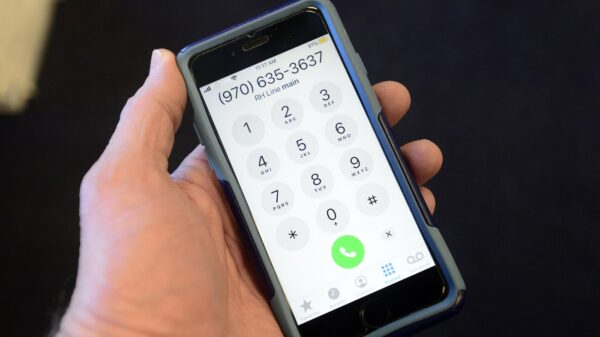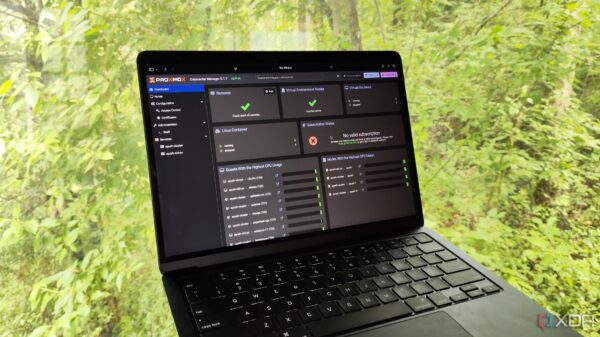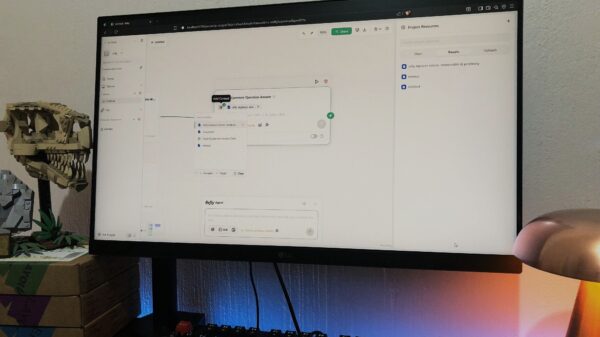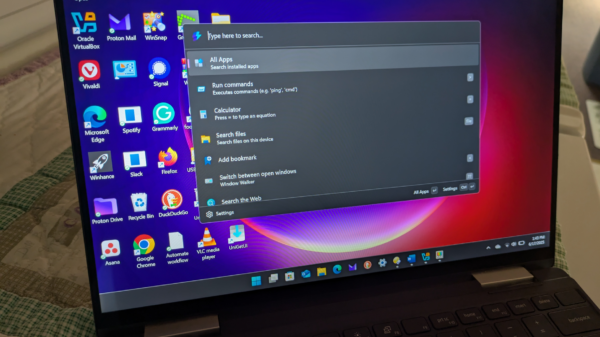A United Airlines flight made an emergency diversion to Salt Lake City after the aircraft was struck by what was initially reported as space debris. The incident occurred on October 26, 2025, at an altitude of 36,000 feet during a routine flight from Denver to Los Angeles. The collision resulted in the complete shattering of the right windscreen, scattering glass fragments onto the arm of one of the pilots. Fortunately, the aircraft’s reinforced laminated glass remained intact, and there were no injuries among the 150 passengers and crew on board.
The captain of the flight first alerted air traffic control about the impact, describing the object as “space debris.” This claim sparked skepticism about the nature of the incident, particularly given the safety of all passengers. A subsequent investigation revealed that the flight had collided with a high-altitude balloon operated by the Silicon Valley startup WindBorne Systems. The company specializes in utilizing high-altitude balloons (HABs) for weather data collection.
Despite complying with regulatory requirements, including filing a Notice to Airmen (NOTAM), the exact circumstances leading to the collision remain unclear. In a blog post addressing the incident, WindBorne Systems announced it would implement changes to minimize balloon operation in the altitude range of 30,000 to 40,000 feet, which overlaps with typical commercial aviation flight paths. The company also indicated that future versions of their balloons would incorporate technology to monitor flight tracking data and autonomously avoid colliding with aircraft. This suggests that the balloon involved may have lost altitude control, remaining at 36,000 feet during the incident.
Amateur Radio Controversy and High-Tech Pranks
In separate news, amateur radio enthusiasts were stirred by rumors of a ban on Hytera ham radios in the United States. A video circulating on social media claimed that the Federal Communications Commission (FCC) had taken action against the company’s handy talkie radios. However, thorough investigations revealed no evidence supporting the ban. Josh (KI6NAZ) of Ham Radio Crash Course confirmed that while Hytera faces significant legal challenges, including felony indictments related to other issues, there is currently no prohibition on the sale of their radios.
Meanwhile, a rather unconventional prank involving autonomous vehicles captured attention. A prankster named Riley Walz orchestrated what he termed the “world’s first Waymo DDoS attack.” By coordinating with 50 accomplices to order rides simultaneously to a dead-end street in San Francisco, the stunt caused a large number of Waymo robotaxis to converge in the narrow area. While the prank did not result in any injuries, the potential implications for emergency services during the event raised concerns.
AI Water Consumption and Innovative Health Monitoring
Concerns regarding artificial intelligence (AI) technology have been widespread, particularly regarding its environmental impact. However, an analysis by Andy Masley has brought some clarity to the discussion of AI data centers’ water usage. He found that these facilities consume approximately 0.2% of the 132 billion gallons of water used daily across the United States. When accounting for the water used to generate electricity for these centers, the figure drops to about 50 million gallons per day. For AI-specific data centers, the consumption is even lower, estimated at a mere 0.008% of daily freshwater use.
In a more personal technology development, a new product called the Throne One aims to bring health monitoring into the bathroom. This innovative device attaches to the toilet and uses sensors to track gut health, measuring metrics such as stool consistency and hydration levels based on urine color. The company behind this device has not disclosed specific sensor details, but the concept raises questions about privacy and the extent of health monitoring in daily life.
These stories highlight the intersection of technology, safety, and societal impact in today’s rapidly evolving landscape. As incidents like the United Airlines flight collision demonstrate, the implications of technological advancements can have far-reaching effects on our daily lives.




